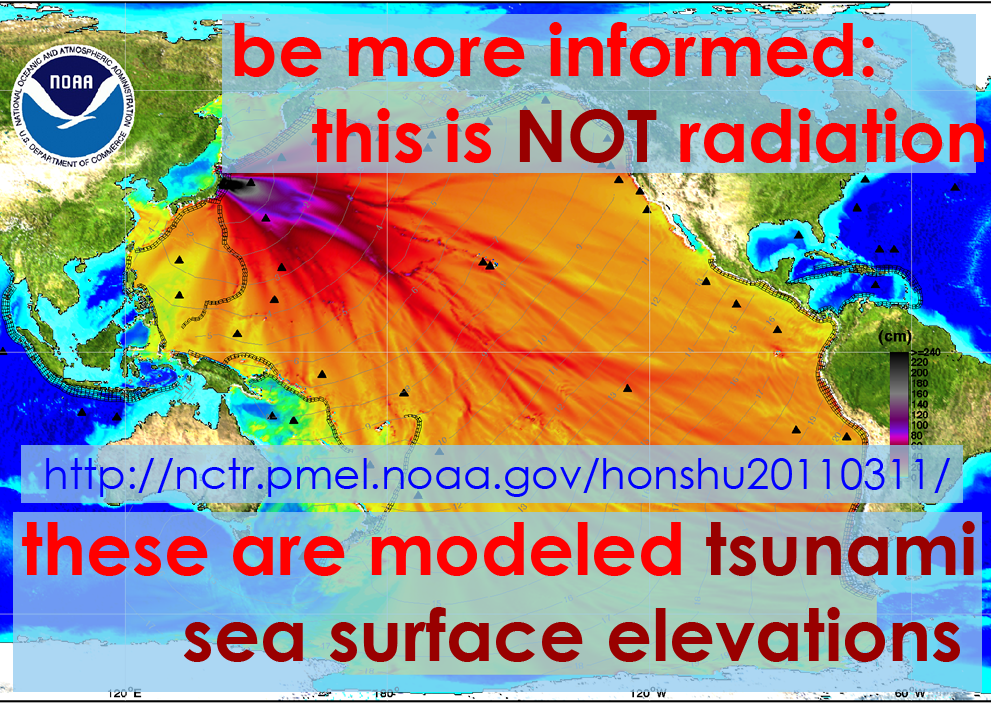
Pandora’s Promise is a documentary about nuclear energy, narrated by environmental activists who were once opposed to nuclear reactors. Upon educating themselves about the usage of nuclear power and the myths of the adverse effects on human health and the environment, they determined that this would be the “source of the future” as it is renewable energy. The documentary explores three events that instilled a lousy image of nuclear power plants, which are Chernobyl, The Three Mile Island, and the most recent the Fukushima disaster.
Throughout the beginning of the film, the environmentalists state that nuclear energy doesn’t produce CO2, unlike coal and fossil fuels. Therefore, it is the safest energy source and one we can rely on to sustain the world in the years to come. It is worth noting that a piece of uranium the size of a thumb can produce more energy than five-thousand barrels of oil.
One of the biggest misconceptions about nuclear energy is that it is radioactive and that it can cause a disaster. The documentary highlights the Chernobyl catastrophe – Ukraine, where a nuclear power exploded because of a reactor meltdown, which was produced by human error. It is estimated that 31 people died from radiation exposure as they were exposed to lethal doses of radiation. However, the media portrays that 27,000 of people died from the effects of the radiation left in the environment.
The Three Mile Island reactor resulted in a meltdown as a result of shutting down a power plant. But unlike the meltdown in Chernobyl, the radiation in Pennsylvania was retained from spreading by a cooling system that surrounded the reactor. Therefore, there were no injuries or deaths reported.
The Fukushima accident was the most misinterpreted disaster, as the number of deaths caused by the explosion was portrayed to be 20,000 when in reality there were only six people who died from the exposure. The way it compares with Chernobyl and The Three Mile Island is that the cooling system of the reactor got damaged by the earthquake and tsunami, and also the reason of the release of radioactivity in the atmosphere.
In conclusion, the documentary does a good job demonstrating different points of view and how to dismantle the myths of nuclear energy. At the same time, it puts into perspective the controversies on congenital disabilities, as the media often claims that health defects like cancer are caused by disasters of nuclear power, but are not backed up with evidence. In a retro perspective, when we listen to the media, people need to remember that correlation is not causation.

I agree that nuclear energy is getting a really bad reputation. People need to consistently be informed on how this could be so helpful to us in society. This documentary gave a really great representation of the positives.